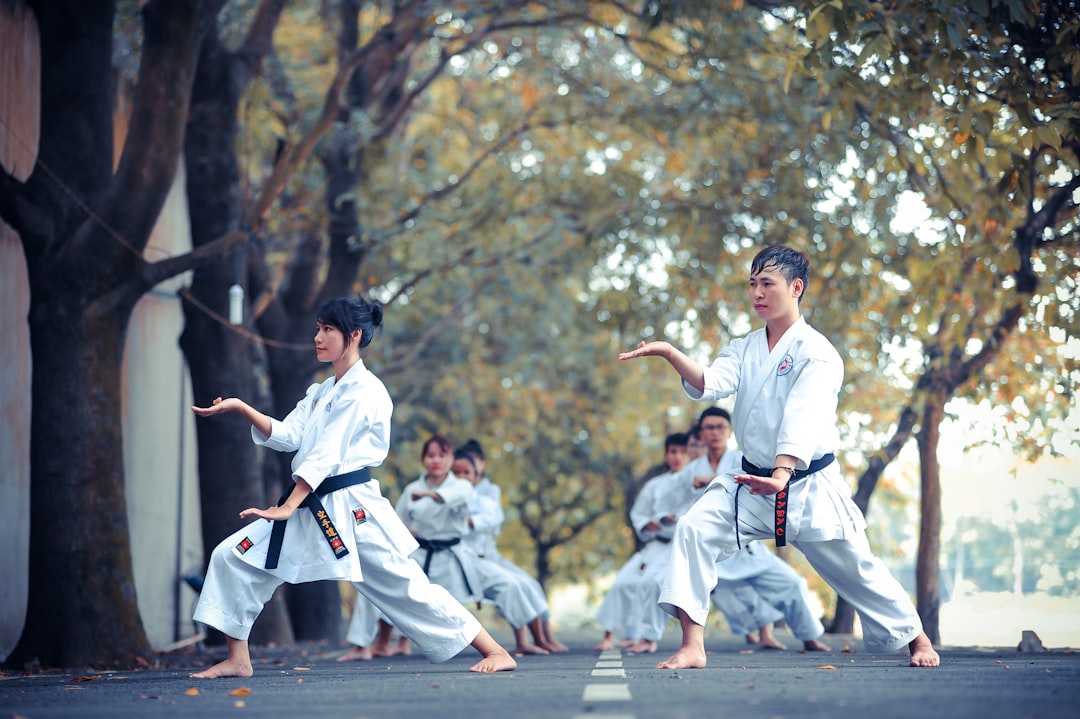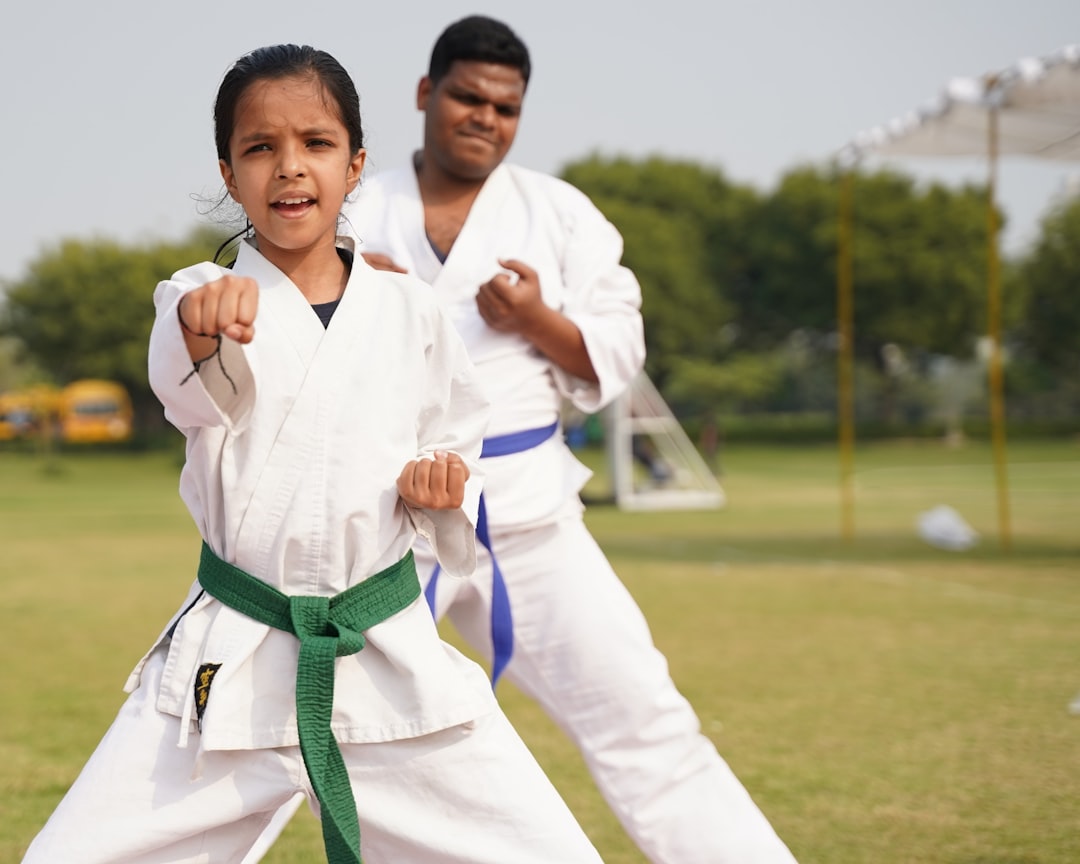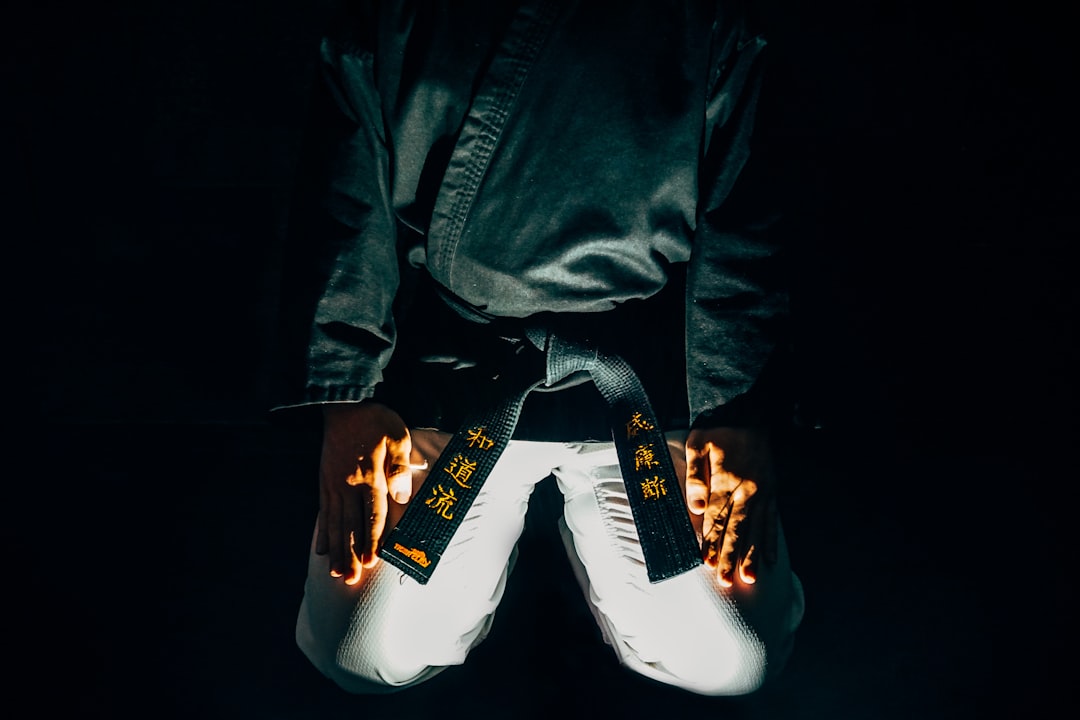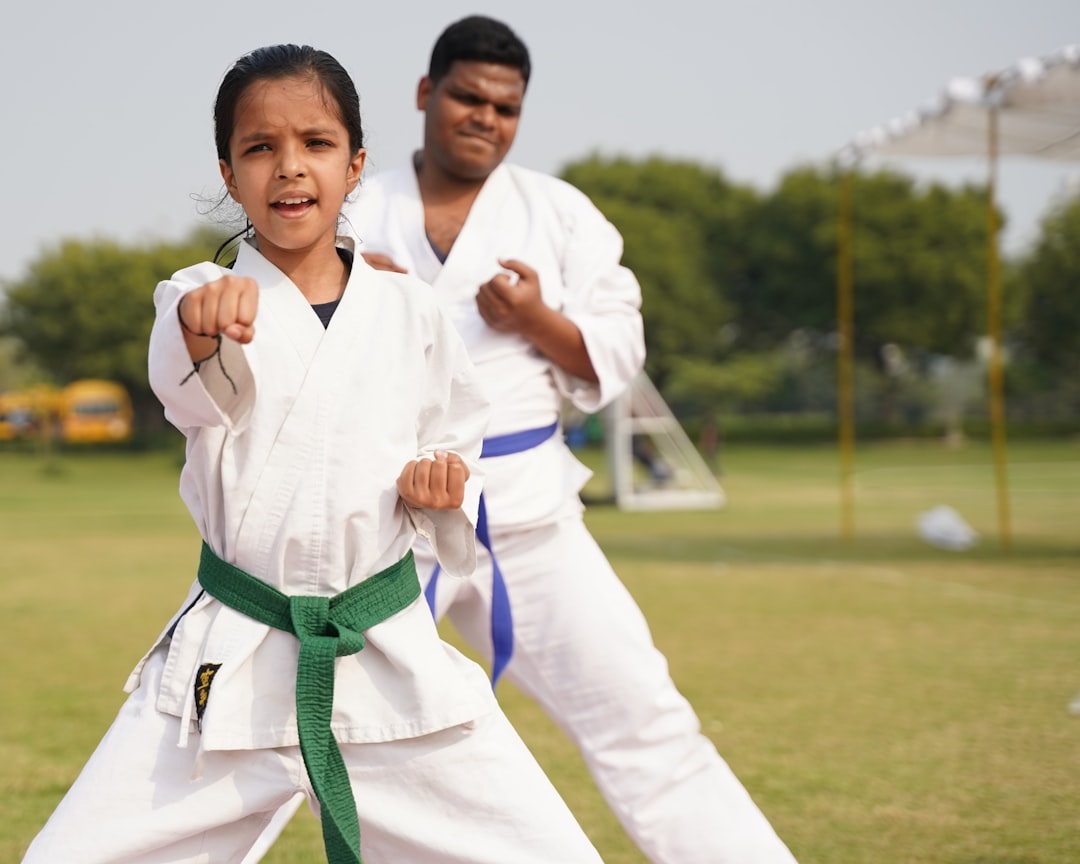The article examines the evolution and significance of the "karate gi," a traditional uniform worn by practitioners. Originating from practical Japanese cotton kimonos, the gi has morphed into the keikogi, a durable and practical training outfit that retains its white cotton or hemp coloration to symbolize purity and humility. The keikogi, which consists of a jacket and pants, has been adapted globally to accommodate different body types and intense training, leading to today's standardized sizes with reinforced knees for durability. Modern karate outfits, also known as "gi," are designed to balance respect for tradition with contemporary needs, offering comfort and flexibility while allowing practitioners to train in a manner that honors the martial art's roots. The gi's material, fit, and symbolic color choices carry both functional and cultural meanings, with brands specializing in superior quality and stitching to ensure longevity. As a sign of skill and discipline, the color-coded ranking system on the belt—or obi—embodies the martial arts ethos of respect and self-improvement, making the keikogi more than just an outfit but a reflection of the karate practitioner's commitment and journey.
Exploring the tradition-rich world of martial arts, a key element that stands out is the karate suit, a garment steeped in history and significance. Known as a “keikogi” or “gi” within the discipline, this article will delve into the origins, evolution, and characteristics of the quintessential karate outfit. From understanding its traditional nomenclature to selecting the perfect attire for your practice, we’ll cover it all, including the symbolic colors that adorn these garments. Join us as we unravel the essence of what you call a karate suit and its role in the martial art’s practice and culture.
- Understanding the Essentials: What Is the Traditional Karate Outfit Called?
- Evolution of the Karate Gi: From Ancient Japan to Modern Training
- Key Characteristics of a Karate Uniform: Material, Fit, and Functionality
- Selecting Your Karate Attire: Tips for Choosing the Right Gi
- The Significance of Color and Symbolism in Karate Uniforms
Understanding the Essentials: What Is the Traditional Karate Outfit Called?

When delving into the realm of martial arts, one encounters a variety of traditional attire specific to each discipline. For practitioners of karate, the garment they don is both functional and steeped in tradition. Known as a “keikogi” or “gi” for short, this garment is the quintessential karate outfit. Is it referred to by any other names? While the keikogi is most commonly used, there are variations such as the “karategi,” which share similarities with the judo and jujutsu uniforms. These outfits are designed to facilitate movement and provide a standardized garment for both practice and competition, allowing for consistent evaluation of technique and skill. The top half of the keikogi typically consists of a jacket and trousers made from sturdy cotton or hemp fabric, with a belt, known as an “obi,” securing them around the waist. The color of the gi often reflects the rank of the karateka, or practitioner. Is there a specific reason for the color coding? Indeed, the color of the gi serves to indicate the wearer’s proficiency and level within their karate discipline, with darker colors usually denoting higher ranks. Understanding the essentials of what a karate outfit is called is crucial for anyone interested in the art, as it not only represents the practitioner’s commitment but also honors the traditional aspects of this dynamic martial art.
Evolution of the Karate Gi: From Ancient Japan to Modern Training

The term “karate gi,” commonly referred to as a karate uniform or suit, has its origins in ancient Japan. Historically, martial artists trained in garments that were more practical for their daily lives, such as cotton kimonos. Over time, as martial arts like karate evolved and spread beyond Japan’s borders, the need arose for a more standardized training outfit. What do you call a karate suit? It is known as a “keikogi” in Japanese, which translates to “training clothes.” This specialized garment became the norm for karate practitioners due to its durability and practicality during training. The keikogi typically features a jacket and pants made of cotton or hemp with white being the most prevalent color, symbolizing purity and humility.
The evolution of the karate gi from its traditional roots to the modern uniform we see today reflects both functional and cultural changes. Initially, the design was simple, consisting of a plain, loose-fitting top and trousers. However, as karate gained international popularity, the keikogi underwent some modifications to meet the demands of different body types and training intensities. Today, karate gi sizes are standardized, and the uniform is tailored to offer both flexibility and modesty during practice. The modern karate outfit name continues to be a keikogi, but it is now also available in different weights of fabric, and sometimes with reinforced knees for added durability. This progression ensures that practitioners around the world can train comfortably and respectfully, honoring the origins of this traditional training attire while adapting to contemporary needs.
Key Characteristics of a Karate Uniform: Material, Fit, and Functionality

When practicing the discipline of karate, the attire a practitioner wears is not just a matter of tradition but also one of function and comfort. The most commonly used term for a karate uniform is a ‘gi’. This garment is designed with key characteristics that cater to the demands of the martial art. For instance, what do you call a karate suit? It’s referred to as a ‘karate gi’, which is a traditional two-piece outfit consisting of a jacket and trousers. The material used for a karate gi is typically cotton or a cotton blend, as these fabrics offer breathability and durability during rigorous training sessions. Are the materials used in a karate gi suitable for the intensity of the practice? Absolutely; they are chosen for their ability to withstand repeated movements and contact without losing shape or causing discomfort.
In terms of fit, a well-fitting karate gi should neither be too tight nor too loose. It should allow for a full range of motion, enabling the practitioner to execute techniques with ease and without constraint. The functionality of a karate gi extends beyond its material; it also includes design elements such as reinforced knees and elbows, which provide protection during falls or sparring. Does this mean the gi is only practical for advanced students? On the contrary, even beginners will benefit from these features as they learn and progress in their training. Additionally, the lapels at the front and back of the jacket are often designed to be grabbed by a partner during certain exercises, without causing injury or discomfort. This thoughtful design ensures that the karate gi not only supports the physical aspects of martial arts training but also enhances the learning experience for all levels of practitioners.
Selecting Your Karate Attire: Tips for Choosing the Right Gi

When embarking on the journey to select the perfect karate outfit, understanding what is meant by a “gi” is essential. A gi in karate is a traditional training uniform that offers functionality and respect for the practice. The gi typically consists of a jacket, trousers, and a belt, known as an obi, which holds the garment closed and indicates the wearer’s rank. When choosing your karate gi, consider the material; it should be lightweight yet durable enough to withstand frequent use and movements inherent to karate practice. Cotton is a popular choice due to its breathability and comfort. Additionally, ensure the size accommodates your body type without being overly baggy or tight, as this can hinder movement and comfort. The right fit allows for full range of motion, enabling you to execute techniques with precision and control.
Selecting the right color for your gi is also an important decision. Traditionally, karate practitioners wear a white gi, symbolizing purity and humility. However, some styles or schools may prefer different colors, such as black or red, which can be indicative of higher ranks or personal preferences. When it comes to brands, opt for those with a reputation for quality and longevity. Brands that specialize in karate gis often provide gis with superior stitching and reinforcement in areas prone to wear. Lastly, the belt, or obi, should be tied securely but not too tightly; it should remain tied throughout your practice without causing discomfort. Remember, the gi you choose will not only support your training but also reflect your dedication to the art of karate.
The Significance of Color and Symbolism in Karate Uniforms

Karate practitioners adorn themselves in a uniform known as a “gi” or “keikogi,” which is both symbolic and practical in its design. The color of a karate gi often signifies the rank of the wearer, with darker hues typically indicating higher belts such as black belt. This system of color coding not only reflects an individual’s proficiency but also fosters a sense of respect and discipline within the martial arts community. The white belt, for instance, is traditionally worn by novices, representing purity and beginnings in their karate journey. What do you call a karate suit? It is called a “keikogi,” which is the standard uniform used in various martial arts including karate.
Moreover, the gi’s design incorporates traditional elements that symbolize the values central to karate practice. The jacket, or “uwagi,” for instance, has no pockets, signifying that a practitioner should come empty-handed to sparring, emphasizing the principle of non-reliance on tools other than one’s own skill and spirit. Additionally, the belt, or “obi,” tied around the waist, not only holds the gi in place but also serves as a focal point for the ranking system. It is through these sartorial choices that the essence of karate’s heritage and ethos are woven into the very fabric of the practitioner’s attire.
In conclusion, the traditional garb worn in karate, often referred to as a ‘karate gi,’ serves as both a functional uniform and a symbol of respect for the martial art’s rich history. Its evolution from ancient Japan to contemporary training attire reflects the sport’s adaptation while maintaining its core essence. Whether one is a beginner or an experienced practitioner, understanding the key characteristics of a karate outfit, such as material, fit, and functionality, alongside the significance of color and symbolism, is crucial for anyone looking to embrace this discipline with authenticity and respect. Knowledge of the correct karate outfit name and its implications enriches one’s practice and appreciation of the art form, ensuring adherence to tradition while navigating the modern landscape of martial arts training.
